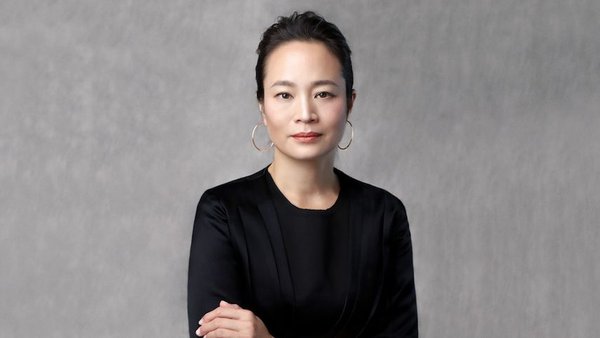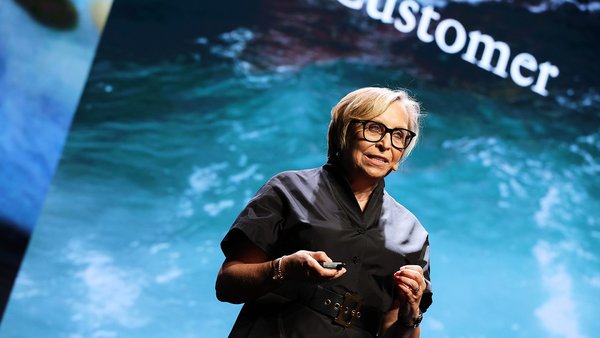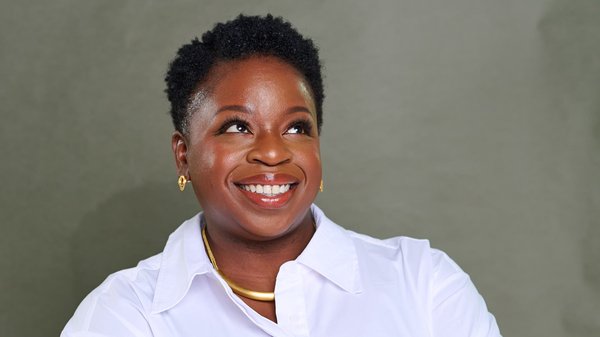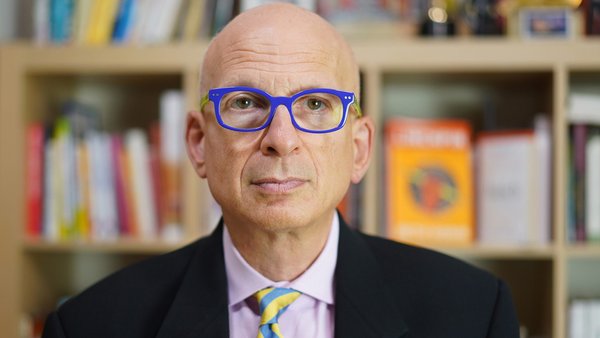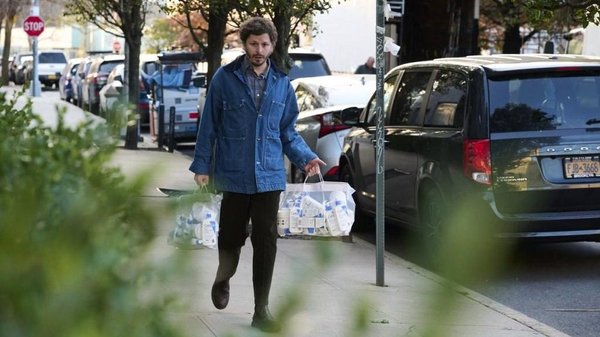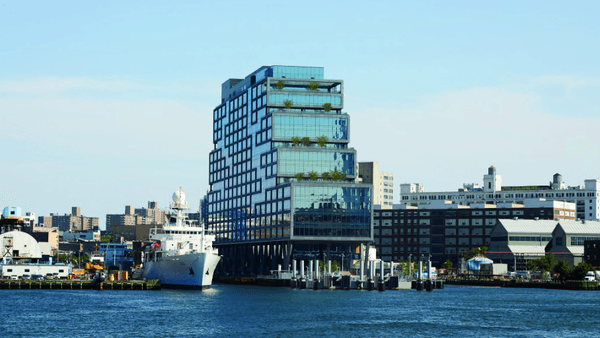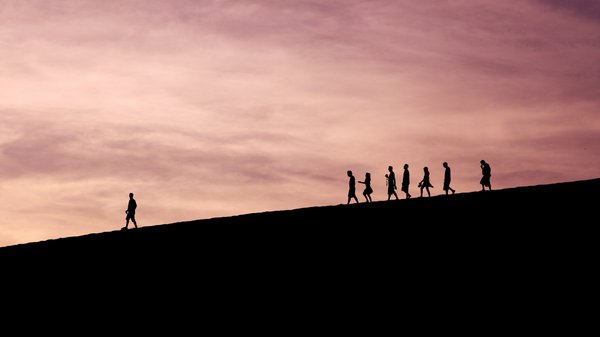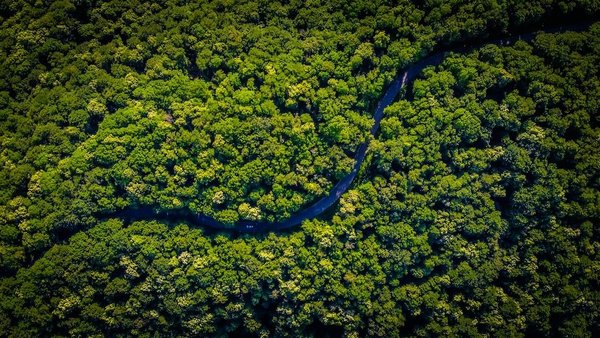Corona VP Felipe Ambra on how to be a sustainable CPG brand /
Corona beer has been grappling with plastic pollution for years. Now it's leading the industry to a cleaner future, says global VP Felipe Ambra
Phoebe O’Connell
/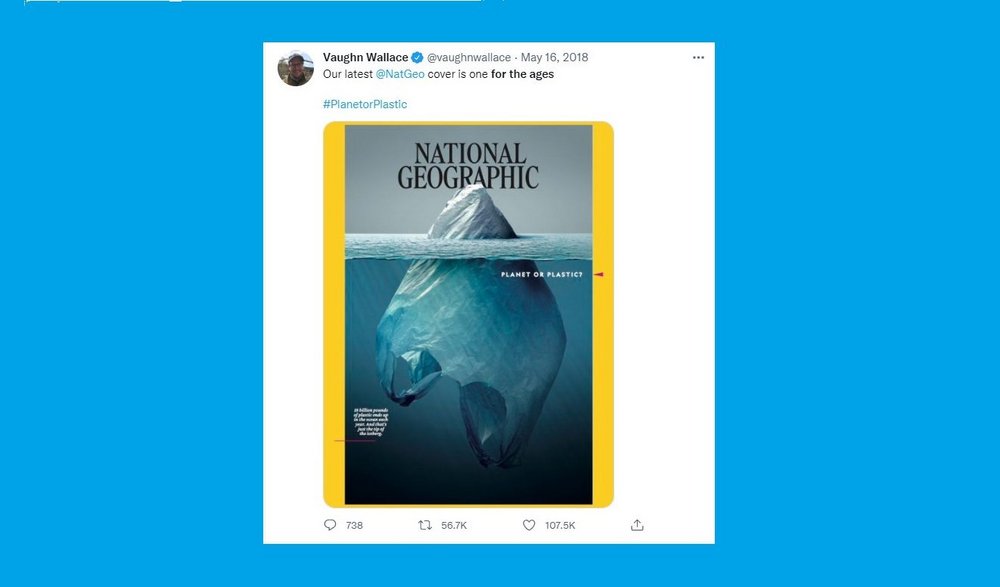
In June 2018, National Geographic published a landmark issue: ‘Planet or Plastic?’ The cover showed a plastic bag floating in the sea, part of the bag pokes out of the water, resembling an iceberg, in a stark metaphor for the ocean plastics crisis. The image went viral, and that year, Google searches for ‘plastic pollution’ shot up. But Corona, a Mexican beer brand with a long-running connection to the beach, was ahead of the trend.
Since 2008 the brand (owned by AB InBev) has been tackling marine plastic pollution through beach clean-ups, awareness campaigns and investment into technology to reduce its own plastic footprint. In 2017, in partnership with environmental non-profit Parley for the Oceans, Corona pledged to protect 100 islands from plastic pollution by 2020. The following year, the brand marked World Oceans Day by unveiling a series of arresting sculptures made from plastic waste, including a crashing wave constructed from London’s rubbish. In 2019, the beer brand even accepted plastic in exchange for beer, as part of its Pay With Plastic programme to divert plastic waste from coastlines.
This year, after reducing its own plastic footprint by 4,970 tonnes, cleaning up over 44 million sq m of beach, launching an accelerator programme committed to finding solutions to urgent environmental issues and rolling out sustainable packaging, Corona became the first global beverage brand to achieve a Net Zero Plastic footprint, establishing a new standard for the CPG industry. To find out how Corona carved out a space in the noisy world of brand sustainability and what other brands can learn from its journey to Net Zero Plastic, we spoke to Felipe Ambra, global VP at Corona of AB InBev.
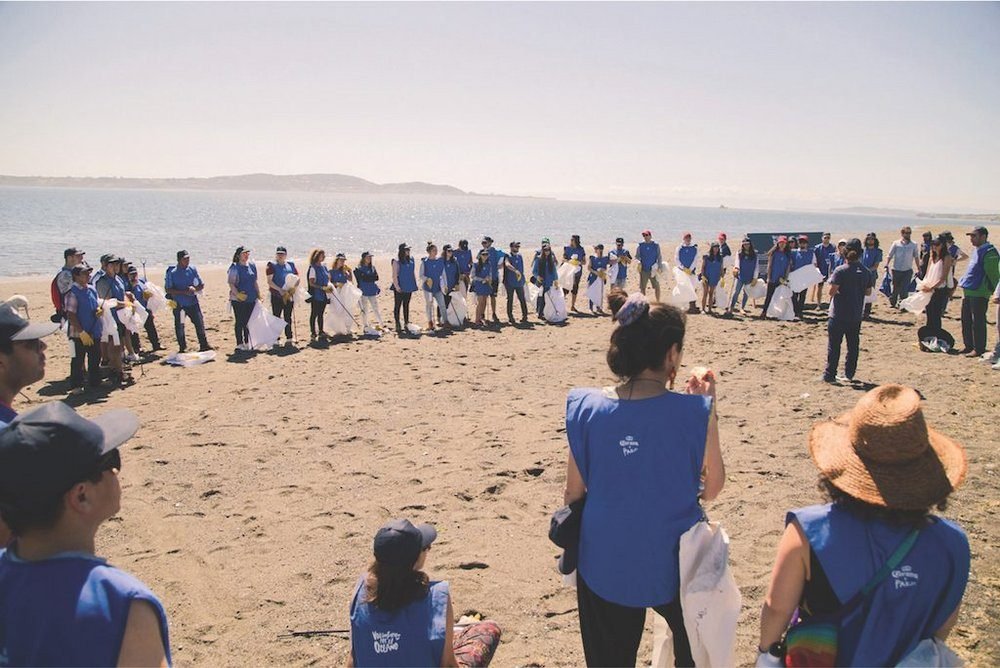
How did Corona earn the credentials to speak about plastic pollution?
Our creative idea is ‘Outside, we live again’. And the best place to do that? The beach. It’s our homeland. So, protecting the outdoors is deeply connected to the purpose. If you want me to be there, you need to protect it. Since 2017, we’ve done three or four years of massive beach clean-up programmes with Parley for the Oceans and it has informed many of the strategies that we’ve implemented since. What we learned on this journey is that you need to find something that truly connects to your brand purpose. If a brand tries to create an environmentally related initiative that is disconnected from the brand purpose, it’s going to sound like greenwashing to the consumer. If it’s not authentic, it’s going to be hard for it to become a true pillar of the brand building strategy. For Corona, sustainability is a long-term commitment that is dependent on continuity and consistency.
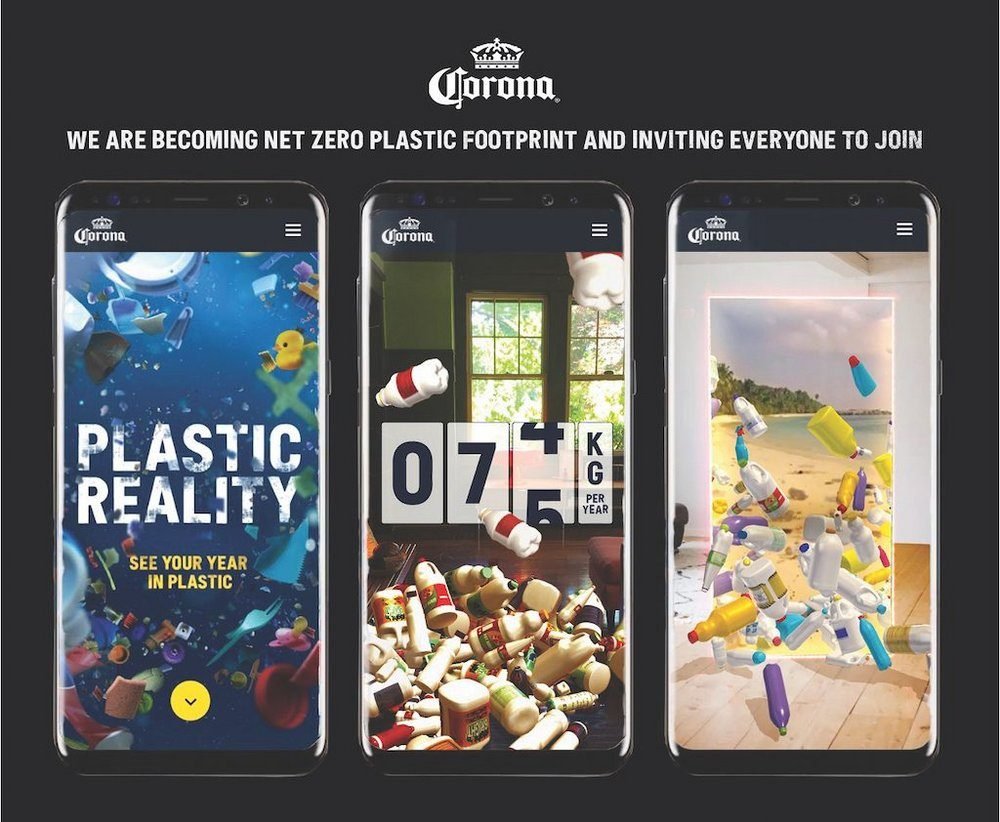
Sustainability is so often a complicated and unwieldy issue for brands to tackle – how does Corona approach the challenge?
Some initiatives are about raising awareness of the problem. Advertising plays a really important role in leveraging the power of a big brand like Corona, to show consumers that there is a problem. There are two other important pillars: how to guarantee that we are not contributing to that problem, and how to help and empower consumers to change their habits – this is the one that we are working the hardest on now.
That’s why the Net Zero Plastic certification was so important – we wanted to make sure that the consumers don’t see Corona as a brand that is preaching and not doing enough. We learned that consumers want to do the right thing, but they feel helpless because it’s too big a problem for them to deal with by themselves. So we help people avoid plastic consumption, for example, with the Plastic Reality tool that we launched this year. [This tool enables users to calculate their annual plastic footprint, uses AR to show what this rubbish looks like in their home and then suggests ways they can use less plastic.]
We try to focus more on the solution. What I love about the Plastic Fishing campaign [Corona incentivised local fishermen to retrieve plastic waste from Mexico’s coastline] is that it’s very creative. It feels like a stunt, but it includes a long-term partnership with [recycling firm] Mexico Recicla. That’s the sweet spot that we’re trying to find – of course we need uniqueness and creativity, otherwise it falls flat. We are still in the business of building brands.
Corona comes in glass bottles and cans – why focus on plastic?
It’s true that we don’t carry plastics in our primary packaging in our main product. But we said, ‘You know what, even if we’re not the biggest contributor, we have a responsibility to lead the industry.’ We cannot forget that CPG has a ‘p’: packaging is a very important part of any CPG brand. Think about the primary packaging of Corona, the glass bottle. Do you see any plastics? The back label of Corona is, in some markets, a very thin sticker. We are removing that entirely.
But there is another piece of plastic under the cap of each beer bottle, a liner that prevents oxygen getting into the beer – oxygen is probably the worst thing that can happen to any beer. We haven’t found a solution for that yet, but we are investing in research. By the end of the year, 100% of our exported cans are going to be plastic-free – we invested over $7m in Mexico to guarantee that all our facilities producing cans for export markets will package them in cardboard rather than plastic. It sounds small and technical, but it’s a big commitment to guarantee this.
Another issue is that every CPG brand needs to transport pallets of products to retailers, which are covered in a plastic film. So we are currently investing in a startup called Solutum that makes a stretch film resistant enough for transportation but also 100% compostable in landfills [Corona will pilot the material in Canada before scaling it to the rest of the business]. The biggest problem with compostable plastics is that most solutions need to go to a specific composting facility, and that’s not realistic.

What other measures has Corona taken to reduce its impact and are they scalable for other CPG brands?
AB InBev has established really strong goals for packaging – we want to have over 70% of our volume sold either in returnable packs, or in packs where 50% of the raw material is from recycled sources. For example, in Germany, we are already reusing bottles. You hear about companies such as Loop [a platform that offers customers everyday items in reusable packages, created by recycling company TerraCycle in partnership with global brands] helping companies reclaim their packaging – we’ve been doing that for decades. I believe that it will become mandatory for CPGs in a few years.
Earlier this year we launched the Barley Pack, made from barley straw, a by-product of the brewing process, rather than virgin fibres, and we are aiming to expand that to the rest of the AB InBev business. We also use recycled glass to create the iconic Corona bottle. Corona has a very pure quality of glass because the bottle is transparent. It’s one of the best glasses that you can recycle – for any industry, not just for beer – so we are working to ensure Corona bottles get recycled.
Another important action that we took over two years ago was to localise the production of Corona to its biggest markets. Having 100% of the production in Mexico was not the most environmentally friendly way of supplying Corona to the world – the carbon footprint of transporting Corona from Mexico to Asia is huge.
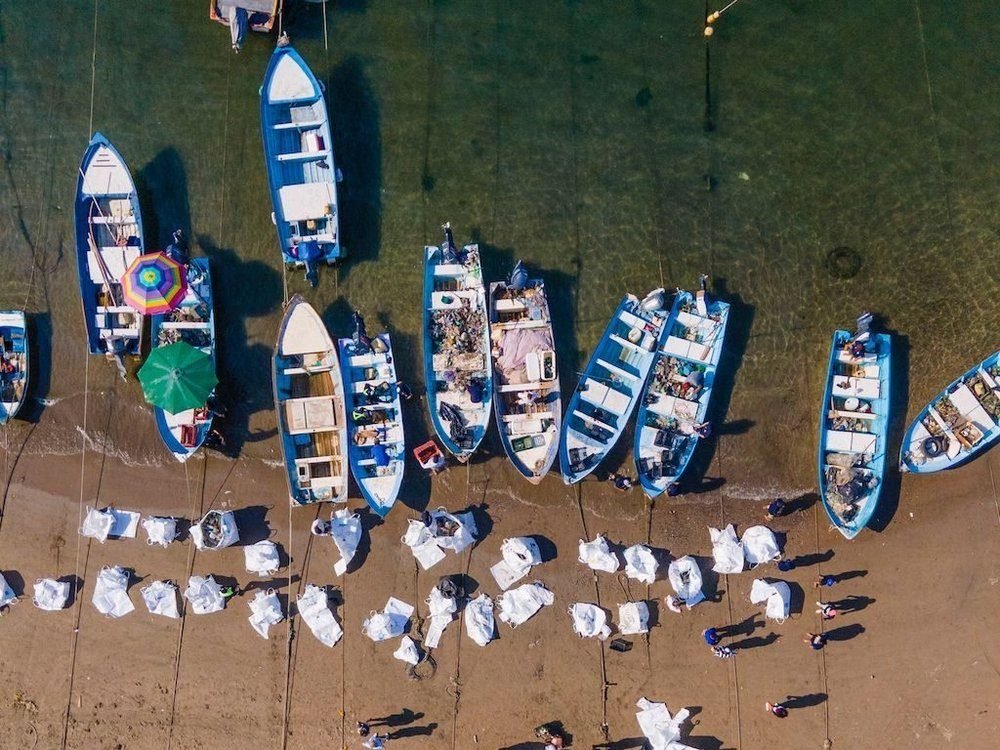
Brand sustainability is a noisy space – how does Corona communicate its sustainability goals with authenticity and distinctiveness?
There are two ways of earning the credentials in this space. One way is to do enough initiatives that are really impactful. The other way is to be really consistent with the messaging. If you want to be recognised for doing something, you cannot just say, ‘Look, I’m doing this and that,’ because people are not going to remember it. You need people to see it and say, that’s Corona. Just look at the Wave of Waste installation we did in 2018, Pay With Plastic in 2019 during World Oceans Week and Plastic Fishing this year. That distinctiveness is part of our evergreen briefing process.
The biggest challenge is finding the right moment to talk about sustainability to consumers. The goals that we have for Corona differ, based on the level of maturity the brand has in the market. For a market in which the brand has just been launched, the goal is to raise brand awareness and consideration, because it doesn’t make sense for you to start saying ‘let’s protect the beaches’ if people don’t see the relationship between Corona and the beach.
Felipe Ambra, AB InBev
Back in 2019, Unilever revealed that its purpose-led brands were growing 69% faster than the rest of the business and delivering 75% of the company’s growth. What does Corona’s environmental action do for the brand?
The reality is that Corona, out of the big global brands at AB InBev, is the fastest growing in terms of international expansion. Sustainability has been one of the biggest pillars for the brand since 2016. We also have lots of quant and qual evidence that in markets in which the brand is well established, whenever we implement sustainability-related initiatives, the lift in brand attributes, such as affinity, is as good as or often better than the lift that you get with basic foundational campaigns. The platform has so much support from consumers, and that helps us drive consumption. People expect brands to do good for the world, for society, for the environment, and they prioritise the brand that shares their values. If they feel that they are helping by supporting a brand, they will make that choice. We know that CPG brands usually depend more on penetration rather than frequency, but it’s important that you have a positioning that brings a level of differentiation and builds affinity with the consumer. That’s the role that sustainability plays for us.
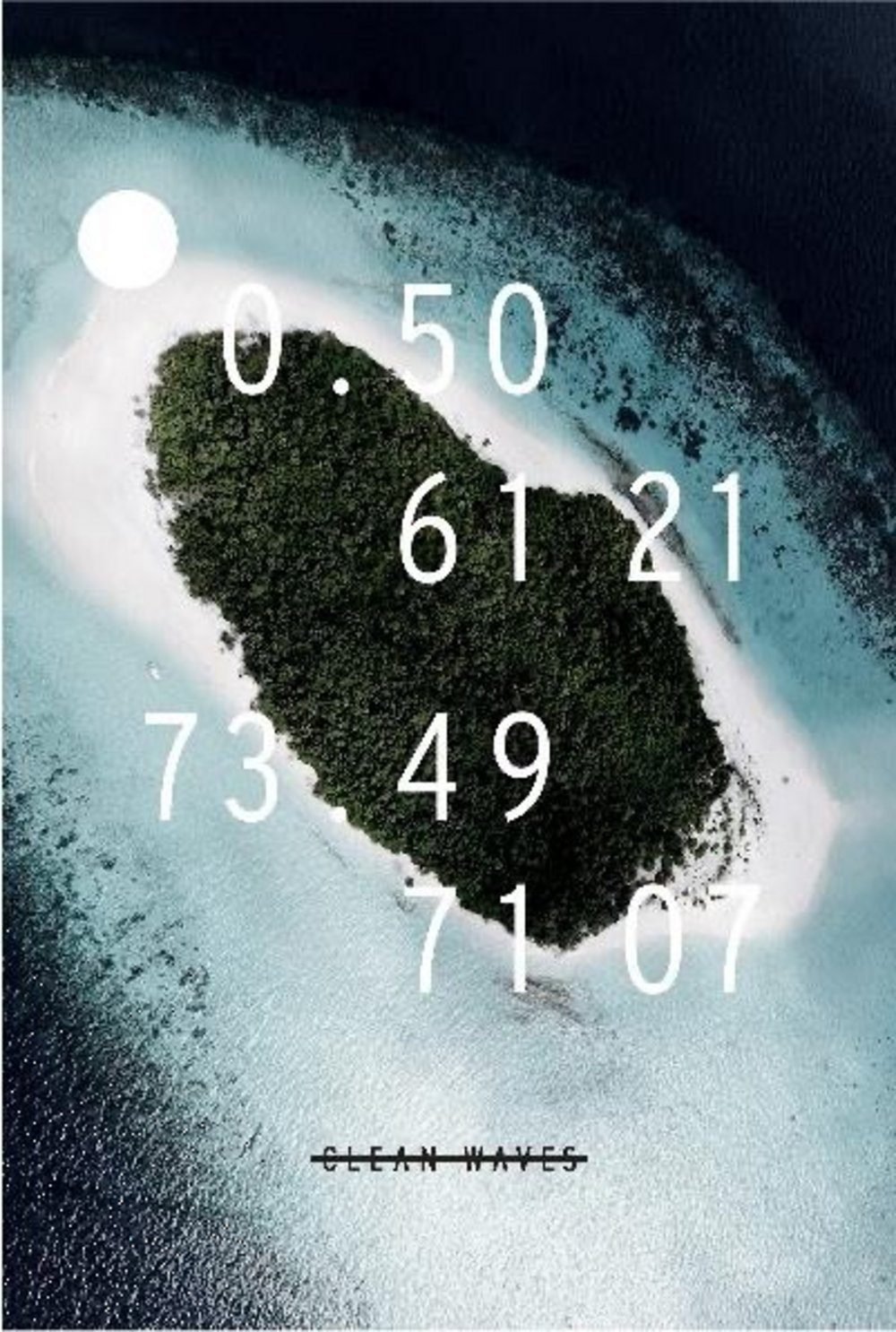
It’s hard to control what happens post-purchase; how does Corona close the consumer intention-action gap?
Our core business is beer, but there are things that we’re starting to do in adjacent businesses to allow consumers the opportunity to make good choices. For example, we launched a sunglasses line called Clean Waves with Parley. Every pair of glasses is linked by coordinates to a piece of coastland, and by buying a pair you help to protect that piece of land, as Parley does the clean-up. The project has been funded by Corona since its inception, but it’s unbranded.
How much of an impact can brands have on global environmental issues?
Brands are the most powerful piece of the equation; they can embrace challenges and take solutions to the next level. Corona is leading on the packaging stream, and you have Budweiser leading energy [Budweiser UK went 100% wind and solar in April this year] and Stella leading water [since 2015, the beer brand has donated more than $21m to international non-profit Water.org]. But not every single brand will find the right angle, so if you’re a house of brands, focus on the ones that have an authentic purpose and link to the cause. Then you’ll succeed.

What is Corona’s ultimate ambition for its environmental actions?
Internally, we have this challenge to have Corona be the reference – we want to influence the CPG industry. Everything that we do, we are not only doing for ourselves, we are doing it because we believe it’s the right thing to do for the industry, for the environment and for the consumer. But it’s a commitment: we have a whole team managing sustainability for Corona across logistics, supply chain, procurement, marketing, sales, all trying to assess how Corona can be perceived as the most sustainable brand in the beverage industry.
Want more of the same? /
We don’t just write about best-in-class campaigns, interviews and trends. Our Members also receive access to briefings, online training, webinars, live events and much more.
